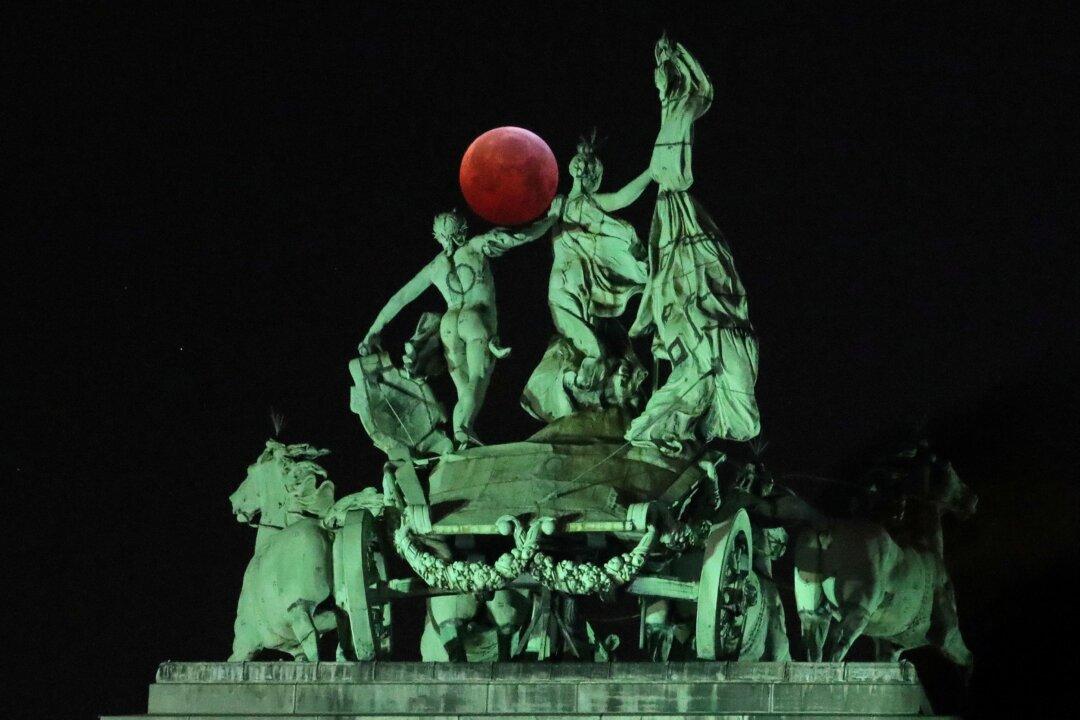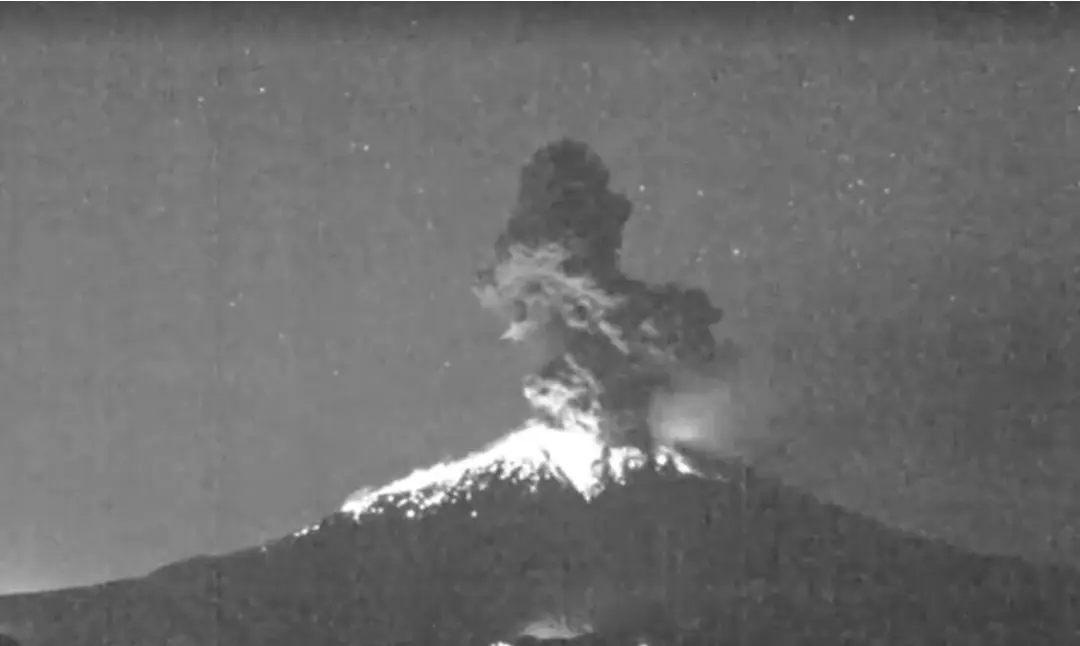The full moon on Wednesday will be the year’s biggest “supermoon” and feature the first total lunar eclipse in more than two years.
During the eclipse, the full moon will pass through the Earth’s shadow. It appears red, known as a “blood moon,” as light is scattered through the Earth’s atmosphere, much like during sunset. In addition, the moon will be at perigee, or the closest point to Earth in its orbit, making it appear about seven percent larger than normal and 15 percent brighter or a “super moon,” according to astronomers. May’s full moon is known as the “Flower Moon” since it occurs when spring flowers are in bloom.





